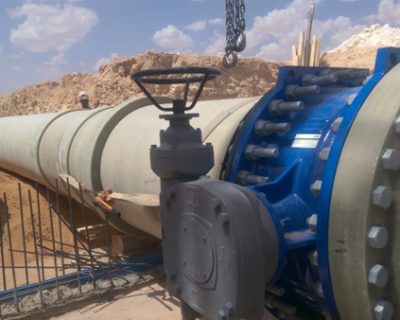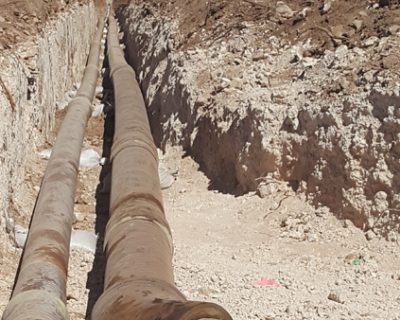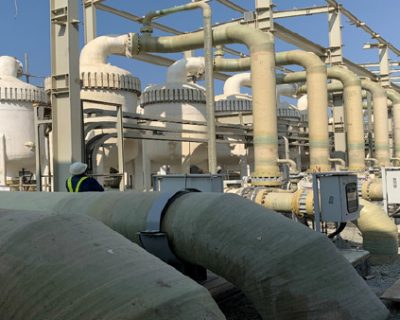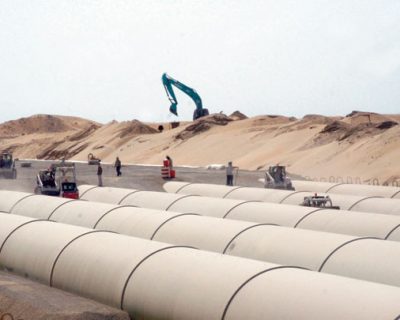Blog

GRP and FRP Piping: FAQs Answered
GRP (Glass Reinforced Plastic) and FRP (Fiber Reinforced Plastic) piping are widely used in various industries due to their exceptional strength, durability, and corrosion resistance. However, many people still have questions and misconceptions about these materials. In this article, we will address the five most common FAQs about GRP and FRP piping and provide concise and informative answers.
- What are the main advantages of GRP and FRP piping?
GRP and FRP piping offer several key advantages over traditional materials like steel or PVC. They are incredibly lightweight, possess excellent corrosion resistance, and have a longer service life when compared to other materials. They are non-conductive, ensuring safety in applications where electrical conductivity is a concern.
- Are GRP and FRP piping suitable for high-pressure applications?
Yes, they can withstand substantial pressure, ensuring their reliability in situations where other materials may fail. However, it is essential to consider the specific design requirements and consult with experts to determine the appropriate specifications for high-pressure applications.
- Can GRP and FRP piping be used for underground installations?
Absolutely. GRP and FRP piping are frequently used for underground installations. Their corrosion resistance makes them an excellent choice for applications where soil conditions or groundwater might cause damage to traditional materials. Additionally, their lightweight nature simplifies the installation process, reducing labor costs and time.
- What industries commonly use GRP and FRP piping?
Industries in chemical processing, oil and gas, water treatment, desalination, power plants, and marine industries commonly use GRP and FRP piping. Their versatility and exceptional properties make them suitable for a wide range of applications, ensuring efficient and reliable operations.
- How do GRP and FRP piping compare to steel piping?
They are significantly lighter than Steel piping, allowing for easier transportation and installation. This lightweight characteristic also reduces the need for heavy lifting equipment, saving costs and time during the installation process. GRP and FRP piping have superior corrosion resistance, eliminating the need for costly anti-corrosion coatings. Lastly, they have a longer life expectancy than steel, reducing maintenance and replacement expenses over time.
We have proactively answered the most frequently asked questions about these two materials, providing you with all the information you need to make an informed decision. Market-leading statistics demonstrate their resistance to corrosion, chemicals, and extreme temperatures, unparalleled performance, and longevity.





